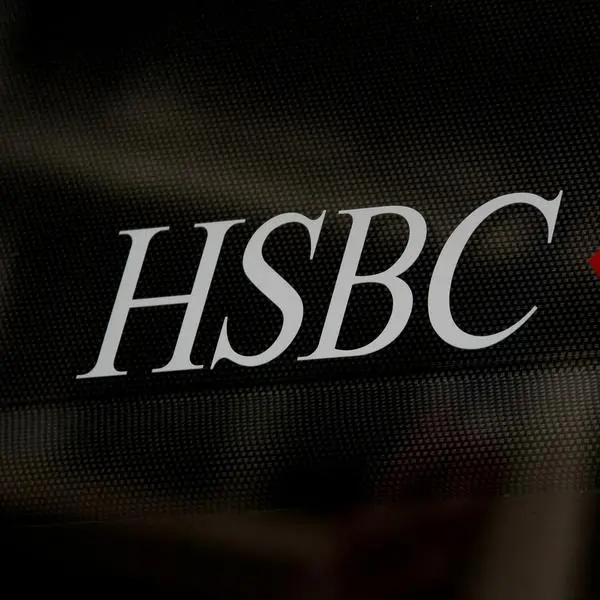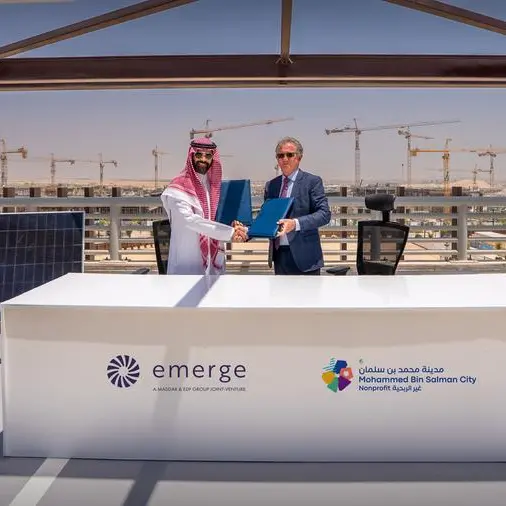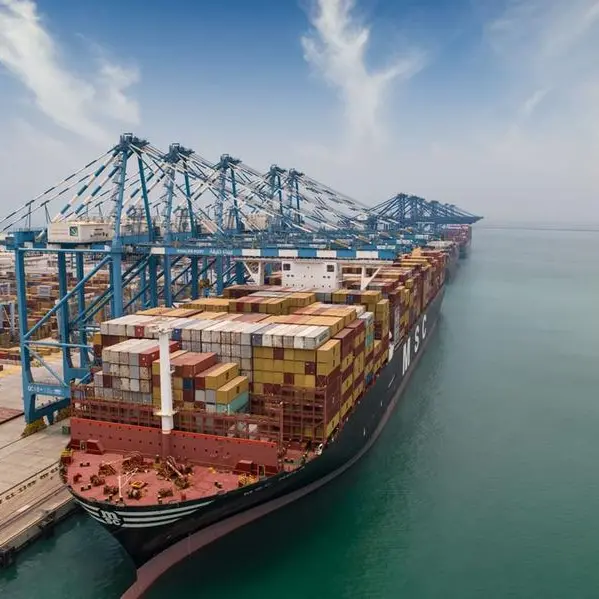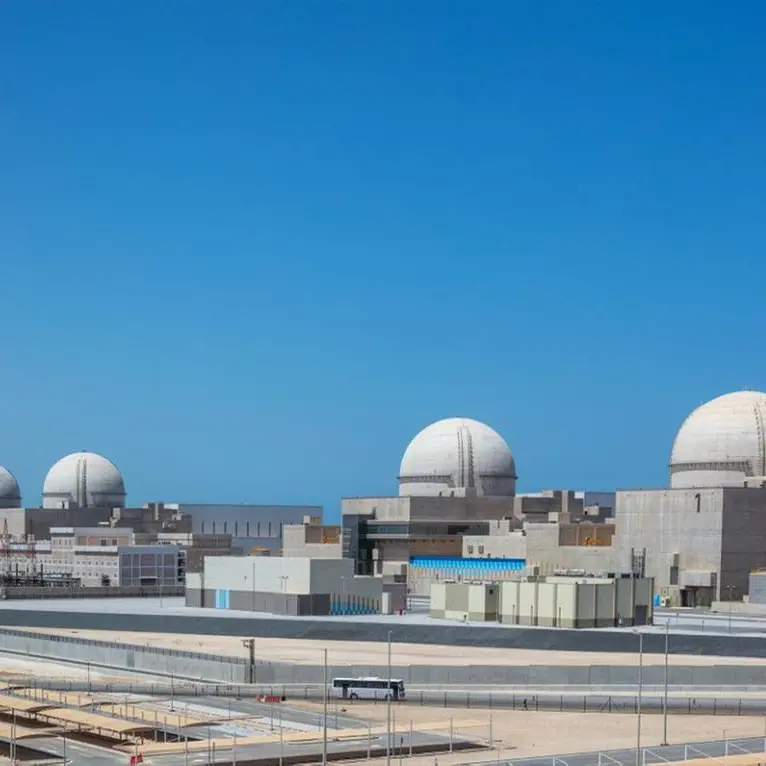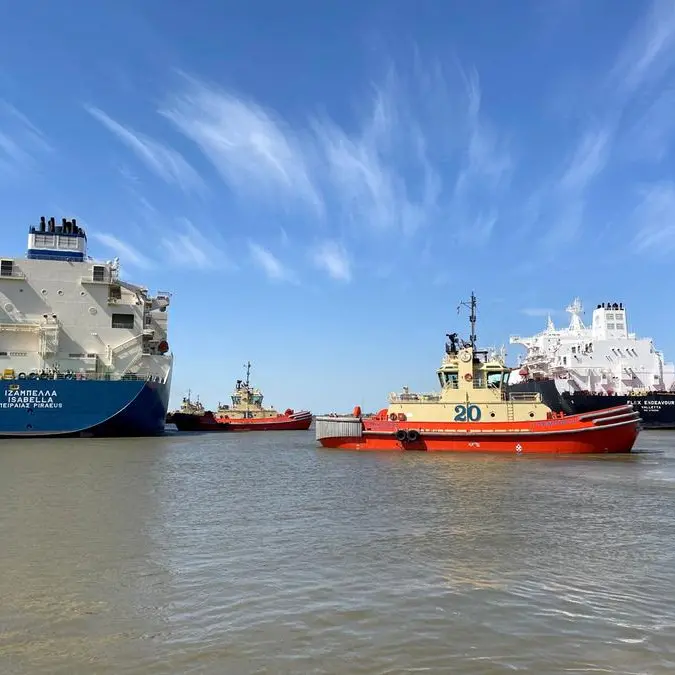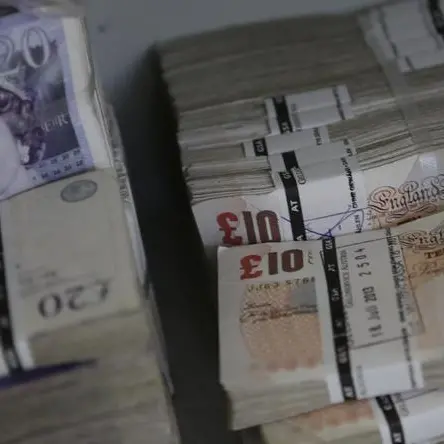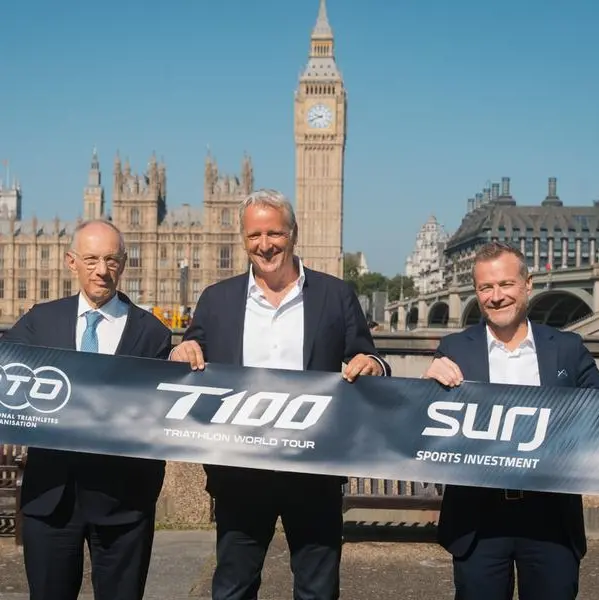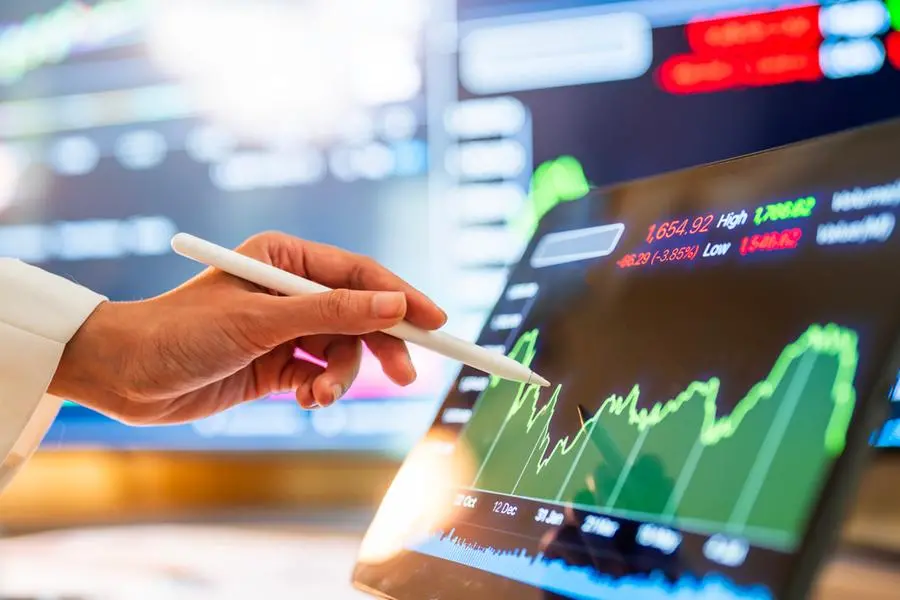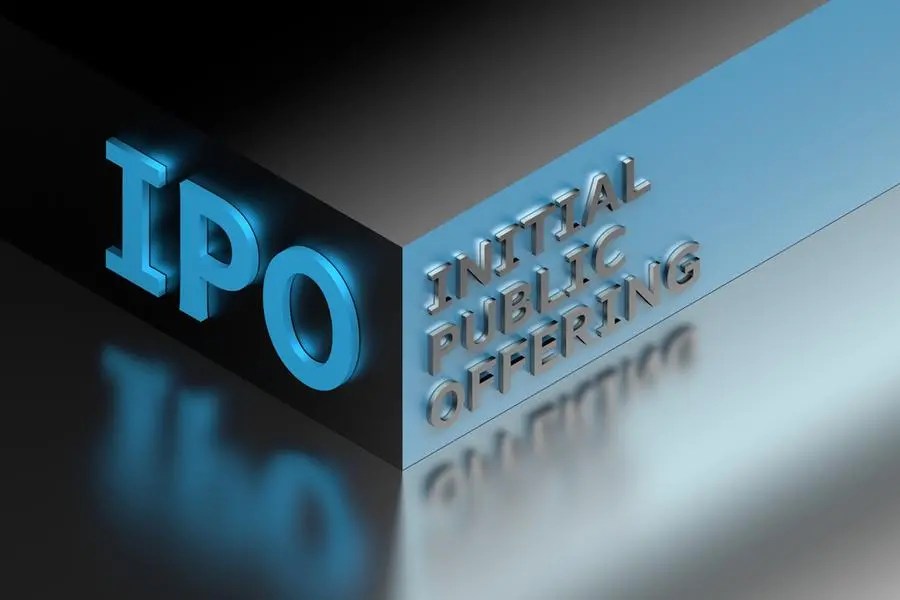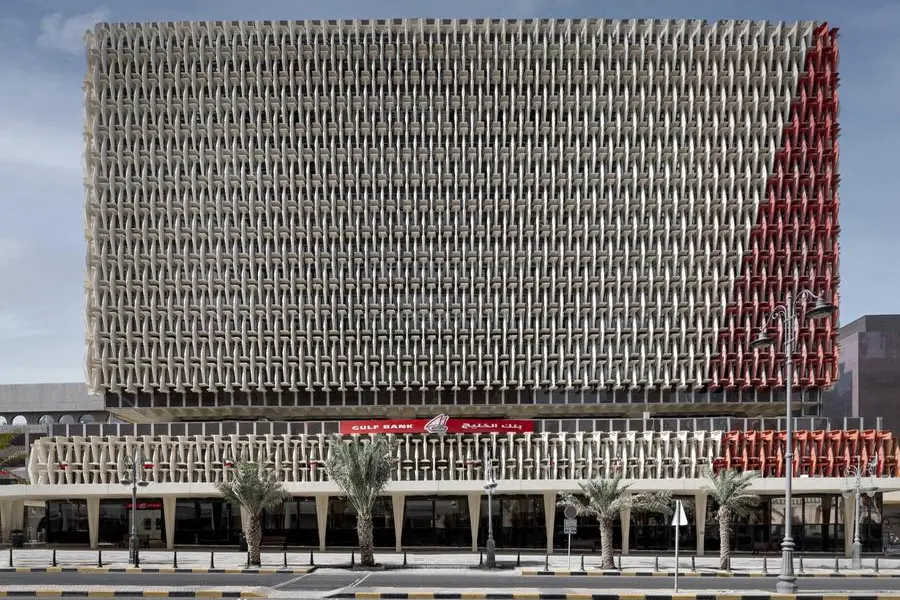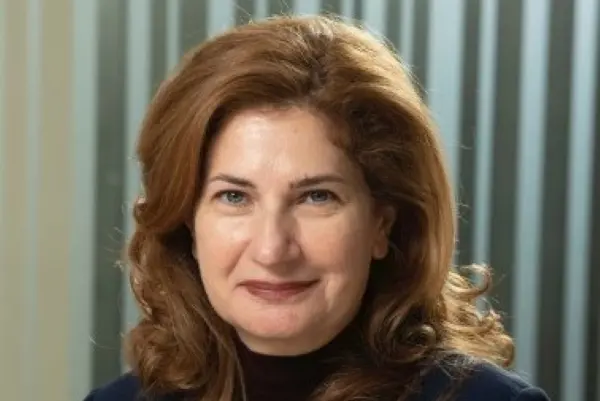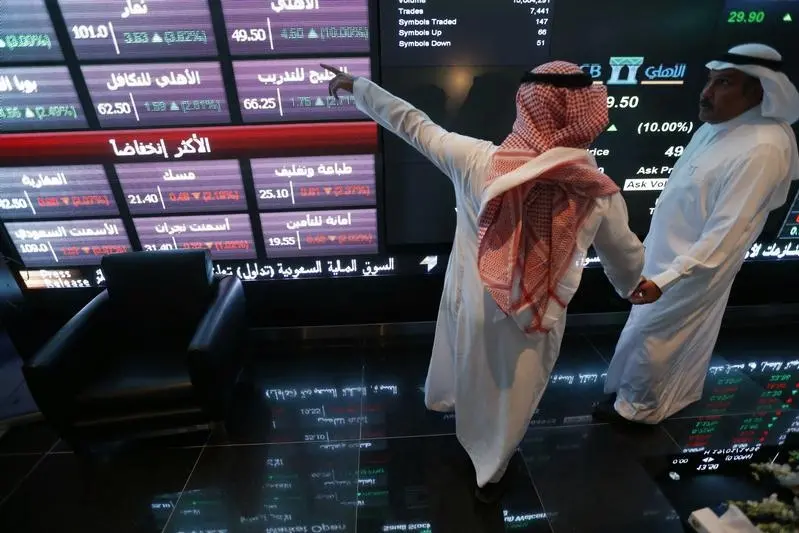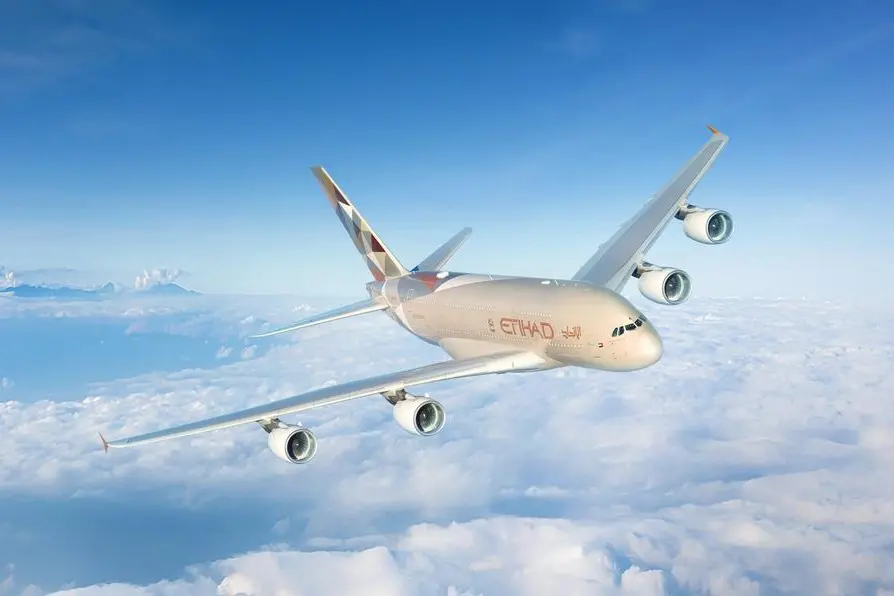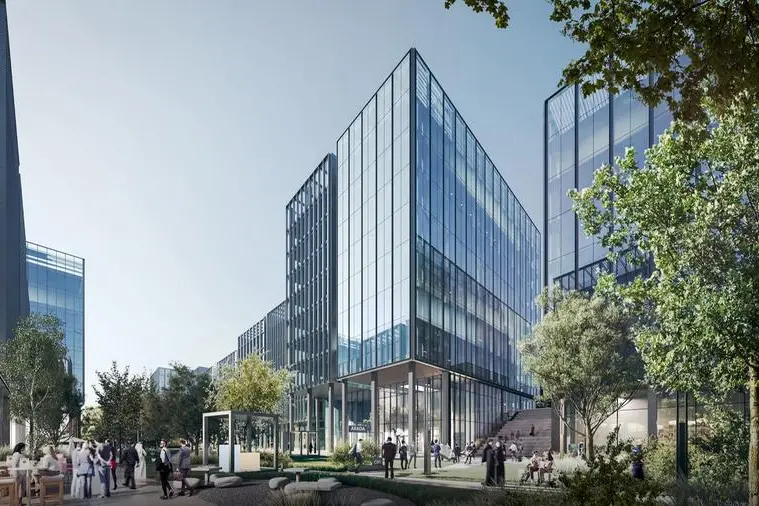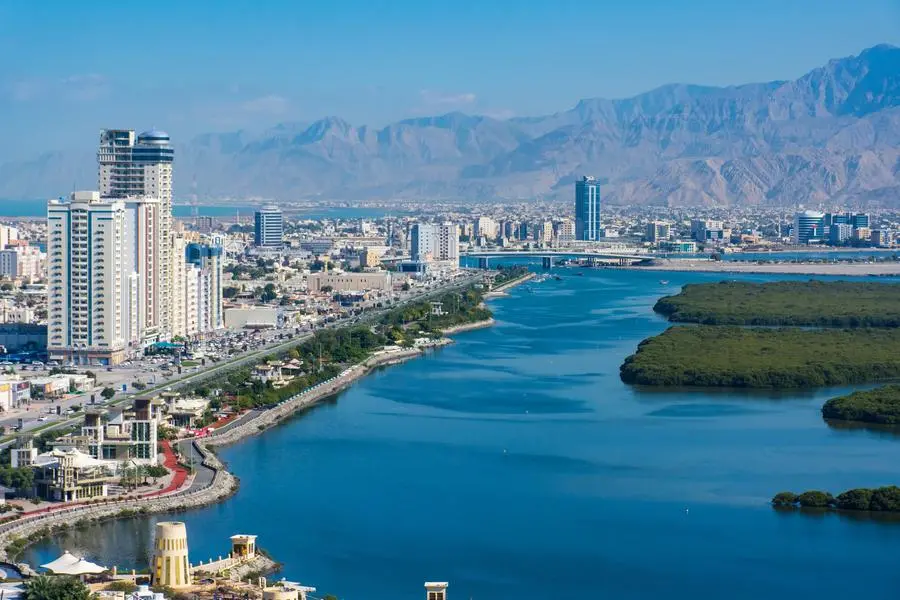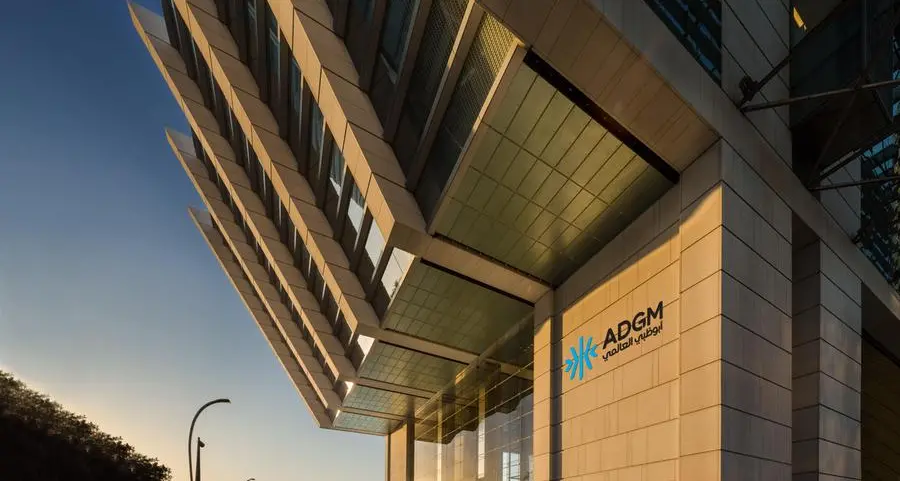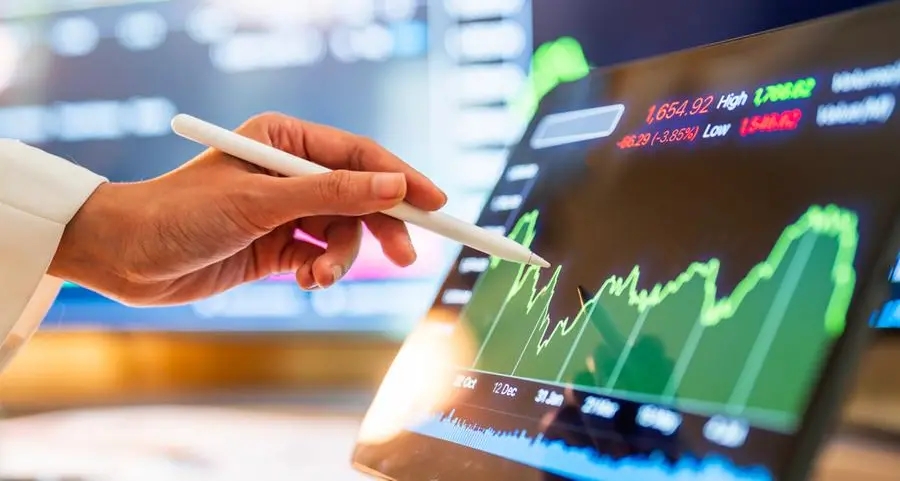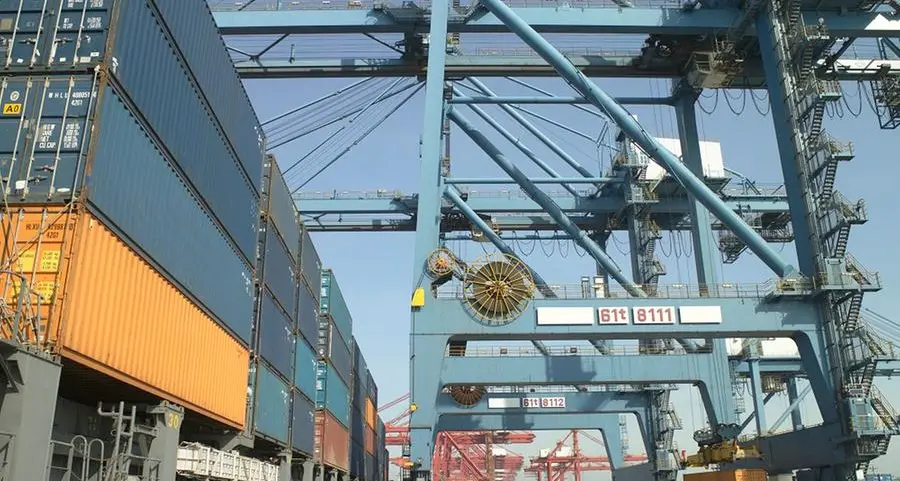Algeria is poised to remain a key energy supplier to Europe and become one for North America. As natural gas assumes a greater role as an energy source, the North Africa country is well placed to capitalize on its reserves. Gary Lakes reports.
With natural gas reserves estimated at 4.55tcm, Algeria holds 2.6% of the world’s gas resources and ranks among 10 countries that together account for more than 75% of world gas reserves. As a gas producer, Algeria lies sixth – behind Russia, the US, Canada, the UK and Iran – with output amounting to 82bcm during 2004, according to the 2005 edition of the BP Statistical Review of World Energy. Of that, Algeria consumed domestically 21.2bcm last year, but exported a total of 60.87bcm – 35.12bcm by pipeline and 25.75bcm in the form of LNG.
With demand for gas growing worldwide, and in light of the policy steps Algiers has recently taken in the form of a new hydrocarbon law (MEES, 22 August), plus the number of projects that it has under development, the North African state is clearly keen to find new markets – in the US as well as across the Mediterranean Sea in Europe. It also wants to hold its own within a sector that is seeing gas producers building up their exports. For example, Egypt is pursuing a gas development program with a big focus on LNG plants and the Arab Gas Pipeline (AGP). And neighboring Libya, which has been out of the loop for decades, is now experiencing a resurrection of its hydrocarbon industry and beginning to speak of its own gas export potential. In light of these unfolding circumstances, Algeria appears determined not to let itself be outdone, as a number of recent developments and plans on the drawing board testify.
A priority for Sonatrach has been to replace three of six LNG trains at the Skikda GL1K plant that were destroyed in an explosion and fire in January 2004 that killed 27 people (MEES, 26 January 2004). Sonatrach’s Vice President of Marketing Ali Hached said in late October that work on a new 4.5mn tons/year LNG train in Skikda was under way, with construction being carried out by Halliburton subsidiary Kellogg Brown and Root (MEES, 31 October). Combined output of the three trains destroyed in the explosion was 3mn t/y. The new $1bn train is due to start production in 2009 and supply European and US markets (MEES, 31 October). Prior to the explosion, the Skikda site accounted for 7.8bcm/y (5.7mn t/y) of Algeria’s 30.3 bcm/y (22mn t/y) capacity. By comparison, Arzew GL1Z and GL2Z each account for a capacity of 10.5bcm/y (7.7mn t/y), while Arzew GL4Z has a capacity of only 1.5bcm/y (1mn t/y).
Gassi Touil Project
Another LNG source, designed to produce 4mn t/y, is the $3bn Gassi Touil project, the first integrated gas project in Algeria. A joint venture between Spain’s Repsol YPF and Gas Natural has begun work on the scheme (MEES, 22 November 2004). As an integrated project, it involves exploration and development of natural gas and condensates from fields in the southeastern Gassi Touil, Rhourde Nouss and Hamra areas. Output from these fields will be processed and transferred via new infrastructure to Arzew on the Mediterranean coast where the 4mn t/y LNG train will be located. The project includes the option of building another train, depending on the discovery of additional gas reserves. Sonatrach holds 35% of the project, while the remaining 65% is split 60:40 between Repsol and Gas Natural with Repsol as operator.
Completion of the new Skikda replacement LNG plant and the Gassi Touil project should bring Algeria’s LNG production capacity to around 27mn t/y (37bcm/y) by 2009. Furthermore, in August Sonatrach and Norway’s Statoil agreed to examine the possibility of another integrated LNG project in Algeria with a view to supplying the North American market (MEES, 15 August). Statoil is already a partner with Sonatrach and BP in the In Salah and In Amenas gas projects in the Sahara Desert. In Salah came into production in 2004 and In Amenas is due to start up in 2006. Together they are expected to produce 18bcm/y of gas plus condensates (MEES, 15 August).
Sonatrach’s steps to market its LNG made headway in October when it signed a heads of agreement with Sempra LNG of the US. The non-binding arrangement covers a 20-year period and the importation of 250-500mn cfd of Algerian LNG to Sempra’s yet-to-be-developed Cameron LNG terminal at Lakes Charles, Louisiana (MEES, 31 October). Negotiations include an examination of additional marketing opportunities for Algerian gas in the US, a market where Algeria is keen to establish itself as a prime supplier.
Two More Pipelines
As for pipeline exports, Algeria is expanding one of its two pipelines to Europe and plans to build two more. To be expanded is the 27bcm/y capacity Trans-Mediterranean gas pipeline, which carries Algerian gas across Tunisia to Sicily and mainland Italy (MEES, 3 October and 16 May). Sonatrach will fund the work on the Algerian section, while Italy’s Eni will provide €330mn in financing the project to boost throughput by 3.2bcm/y by 2008 and again by 3.3bcm/y in 2012, bringing the pipeline’s total capacity to 33.5bcm/y. Meanwhile, the Maghreb-Europe Gasline (MEG), which crosses Morocco and the Strait of Gibraltar to Spain, has a capacity of some 12bcm/y.
The new Medgaz project is designed to carry 8-10bcm/y of Algerian gas directly to Spain via an underwater pipeline crossing the Mediterranean reaching depths of 2,160ms. A decision to proceed with the 200km underwater portion of the pipeline, requiring an investment of $753mn, is due in mid-2006 (MEES, 31 October), but onshore work on the infrastructure has already begun in Algeria (MEES, 13 June). Overall project cost is estimated at $1.4bn and it will be designed for capacity to be doubled to at least 16bcm/y by the end of the decade. Shareholders in the company include Sonatrach and Cepsa, each with 20%, and BP, Endesa, Gaz de France, Iberdrola and Total, each with 12%. Sales and purchase agreements have been negotiated with Gas Natural (3bcm/y), Cespa (1bcm/y), Total (1bcm/y), Iberdrola (1bcm/y), and Tractebel subsidiary Distrigas (1bcm/y), but only the agreement with Iberdrola has been signed.
Still under study is the $2bn Galsi Project, which entails the construction of a 10bcm/y, 1,450km gas pipeline across the Mediterranean from El-Kala in Algeria to Cagliari in Sardina and then to Italy. The project includes a spur line to Corsica. Twelve contracts of intention to sell and purchase were agreed during a project conference in Milan last March (MEES, 21 February, 14 March). Included among the signatories were Sardina, Italy’s Edison, Enel, Hera, Blugas, Energia, Erogasmet, Greece’s Exergia and Gaz de France. The project consortium was established in December 2002 and is comprised of Sonatrach (36%), Edison (18%), Enelpower (13.5%), EOS Energia (9%), Wintershall of Germany (13.5%) and Sardina’s Sfires (5%) and Progemisa (5%). The project is expected to be finished before the end of the decade and a second phase is likely to include an extension of the pipeline into Germany.
Another gas pipeline project that Algeria is involved in is the Trans-Sahara Gas Pipeline (TSGP) – also called the Nigal pipeline – for which a feasibility study is being prepared (MEES, 16 May). The project envisages carrying between 18-25bcm/y of natural gas, originating primarily in Nigeria in order to reduce flaring. The pipeline, with a cost estimated as high as $7bn, would begin in Warri and travel 4,500km across Niger and Algeria to the Mediterranean coast from where the gas would be exported to Europe via Algeria’s underwater pipelines.
GTL Plan
In April, Algeria invited international bids for the country’s first gas-to-liquids (GTL) plant, called the Tinrhert Integrated GTL Project (MEES, 11 April). Officials say the contract for a 36,000 b/d plant may be awarded in early 2006, but delays are expected. The 30-year project is to cover the development of 17 sweet, wet gasfields in the Tinrhert Block in central eastern Algeria, including the Alrar, Zarzaitine and Ohanet fields. The first five years of the contract will entail field development and the construction of the GTL plant, plus an LPG and condensate treatment facility.
For some years it seemed as if Algeria’s gas projects had been placed on a back burner with most of the attention on new oil discoveries and the award of bidding round concessions. The explosion at Skikda certainly was a setback. But that will soon be rectified, enabling Algeria to embark on a new era of gas development that could see the country exporting, through LNG and pipeline sales, close to 100bcm/y by the turn of the decade.
